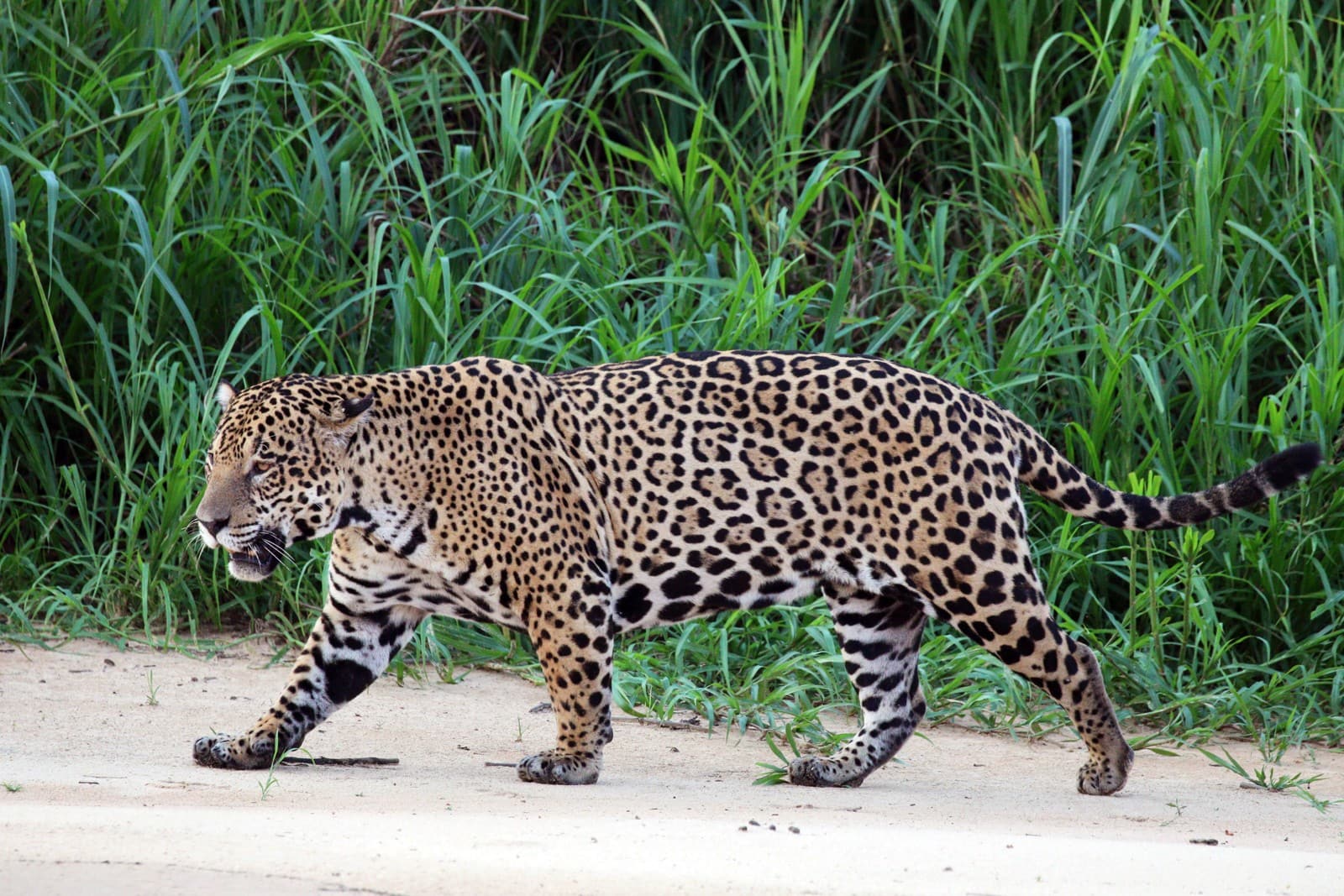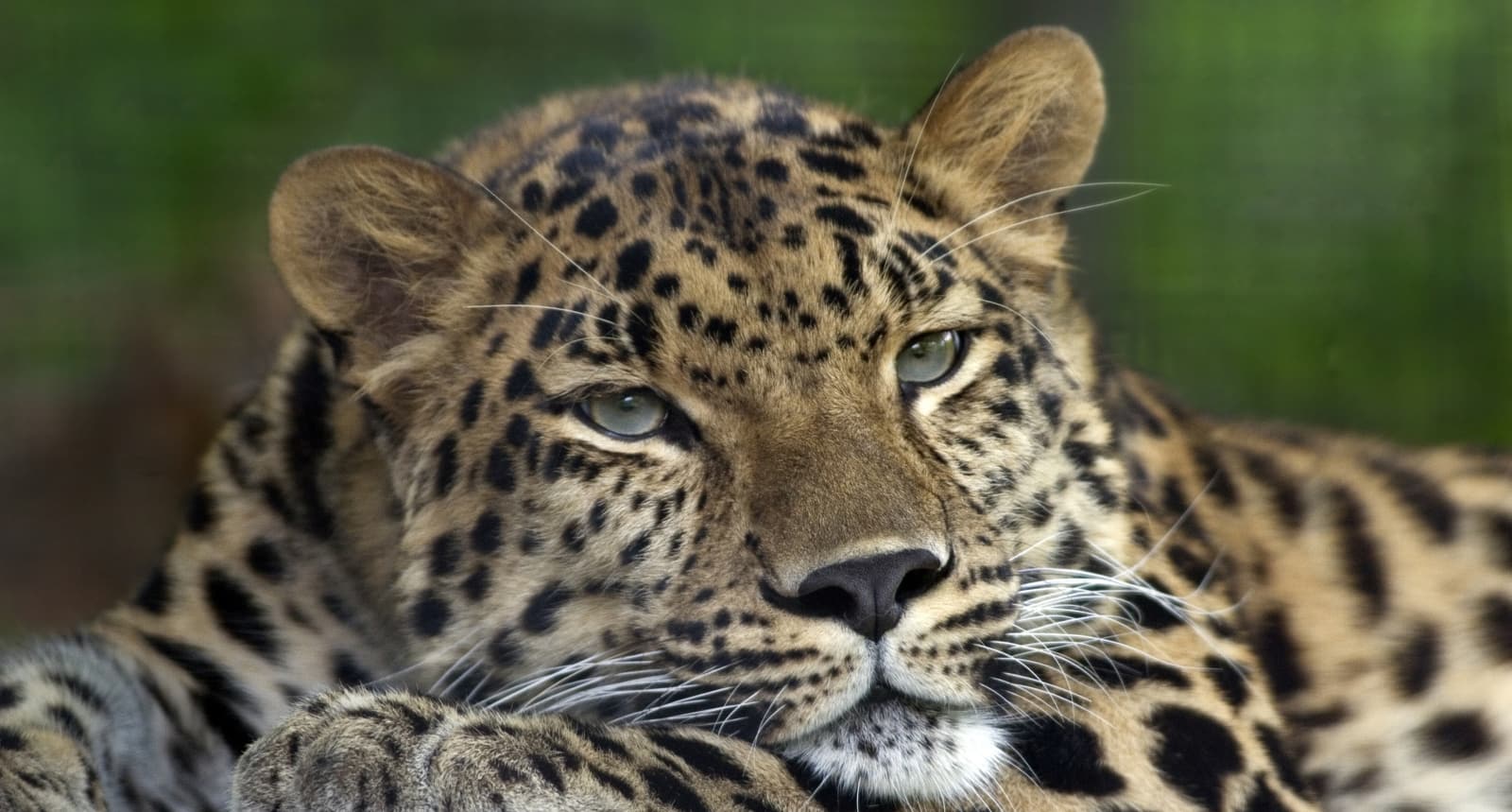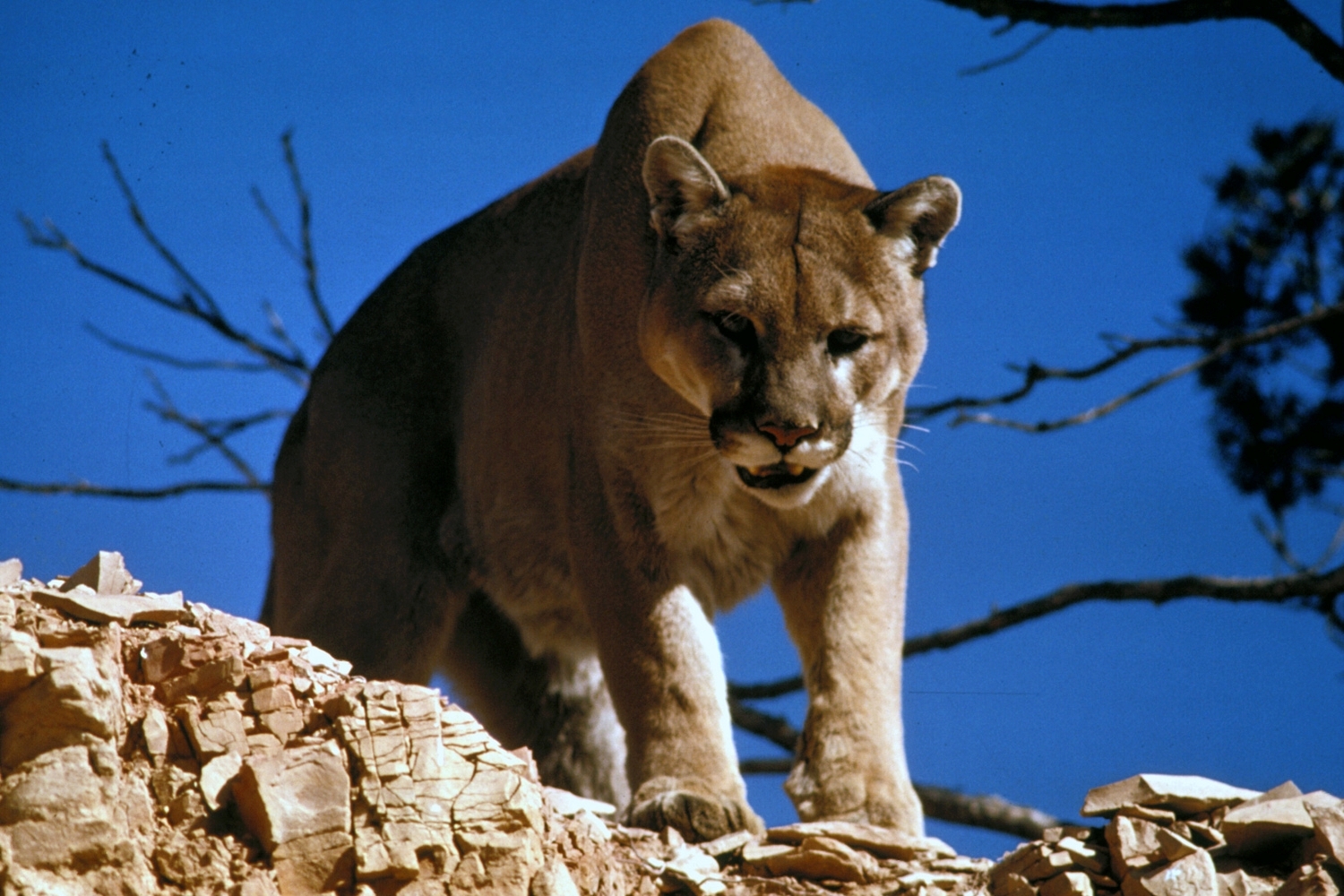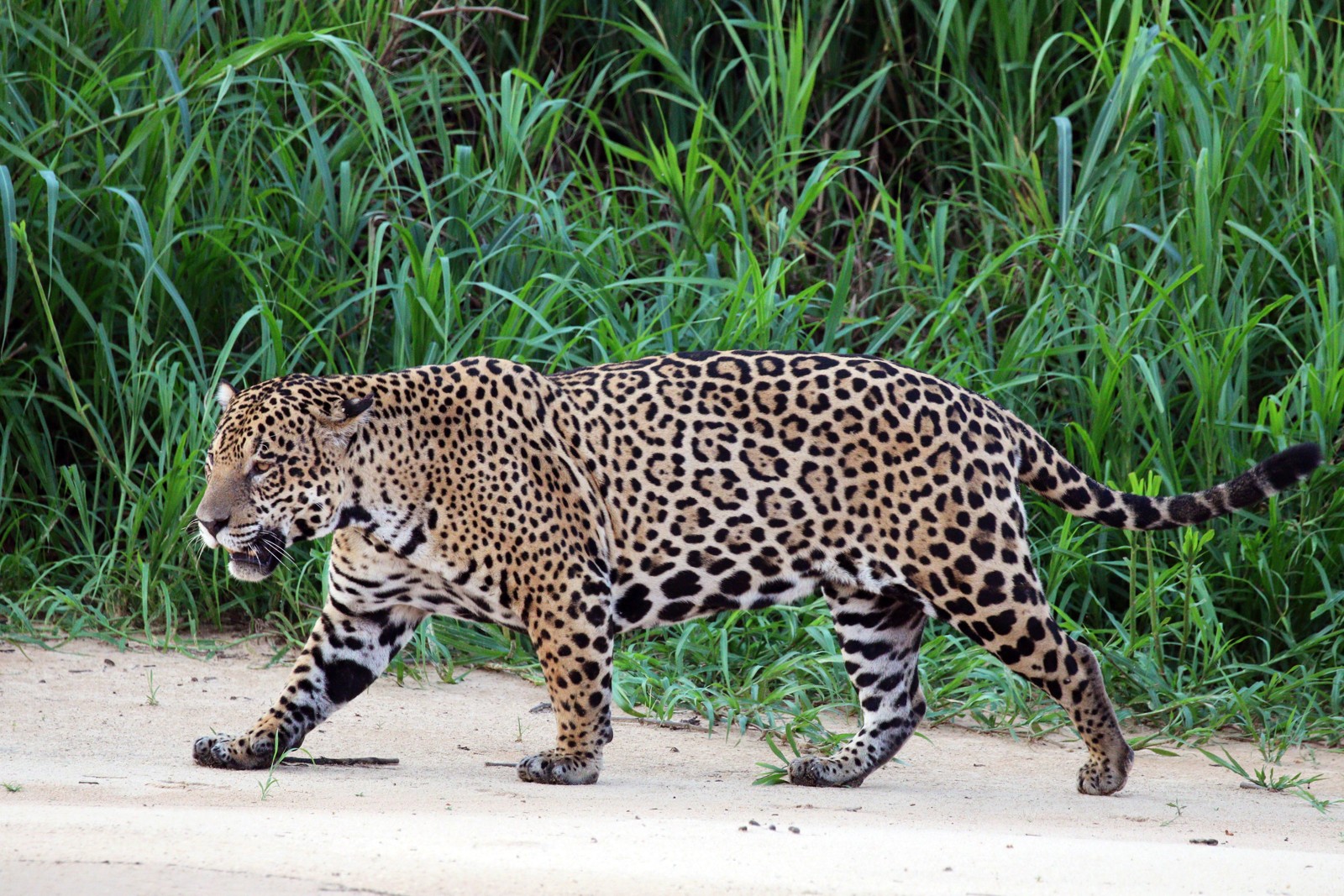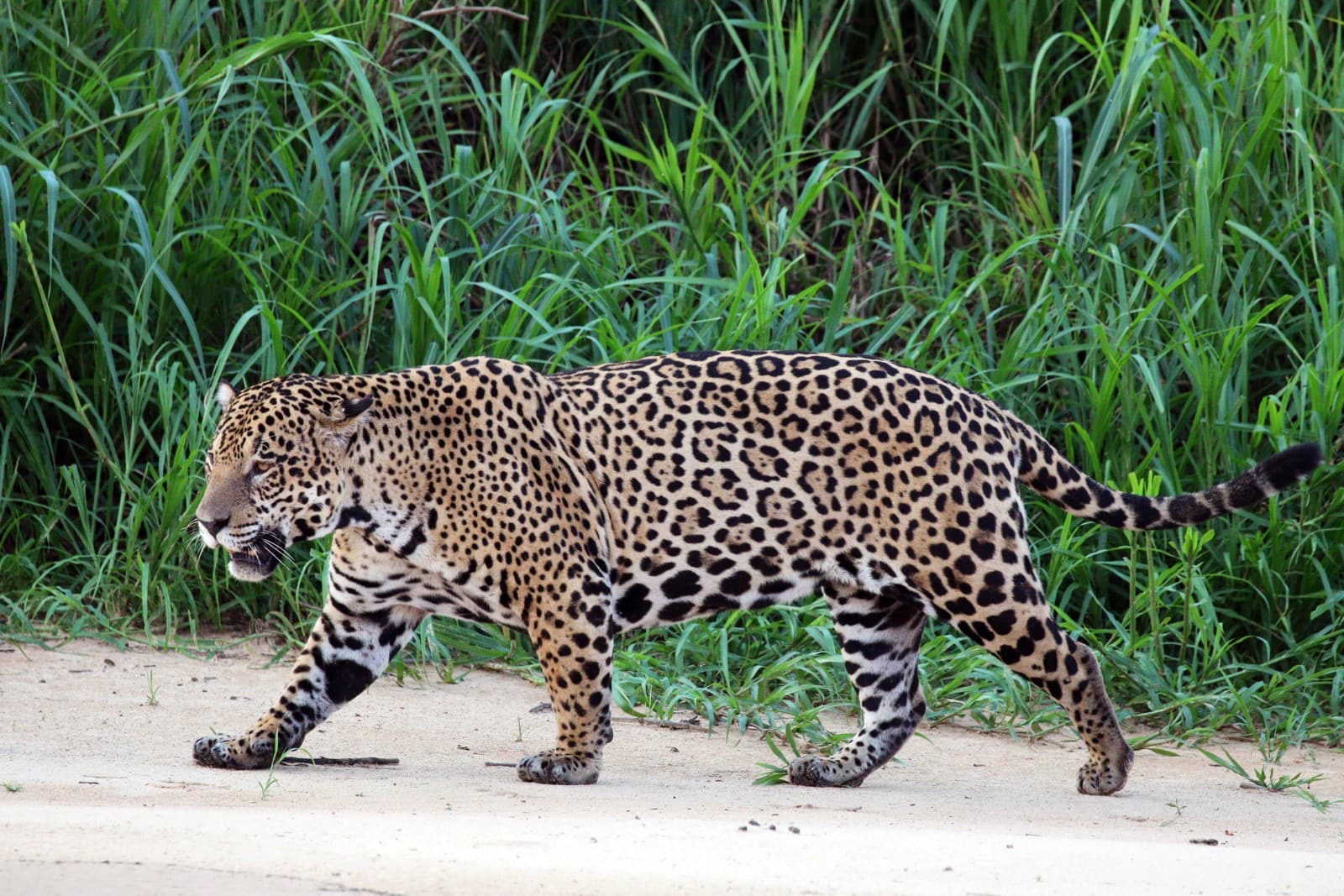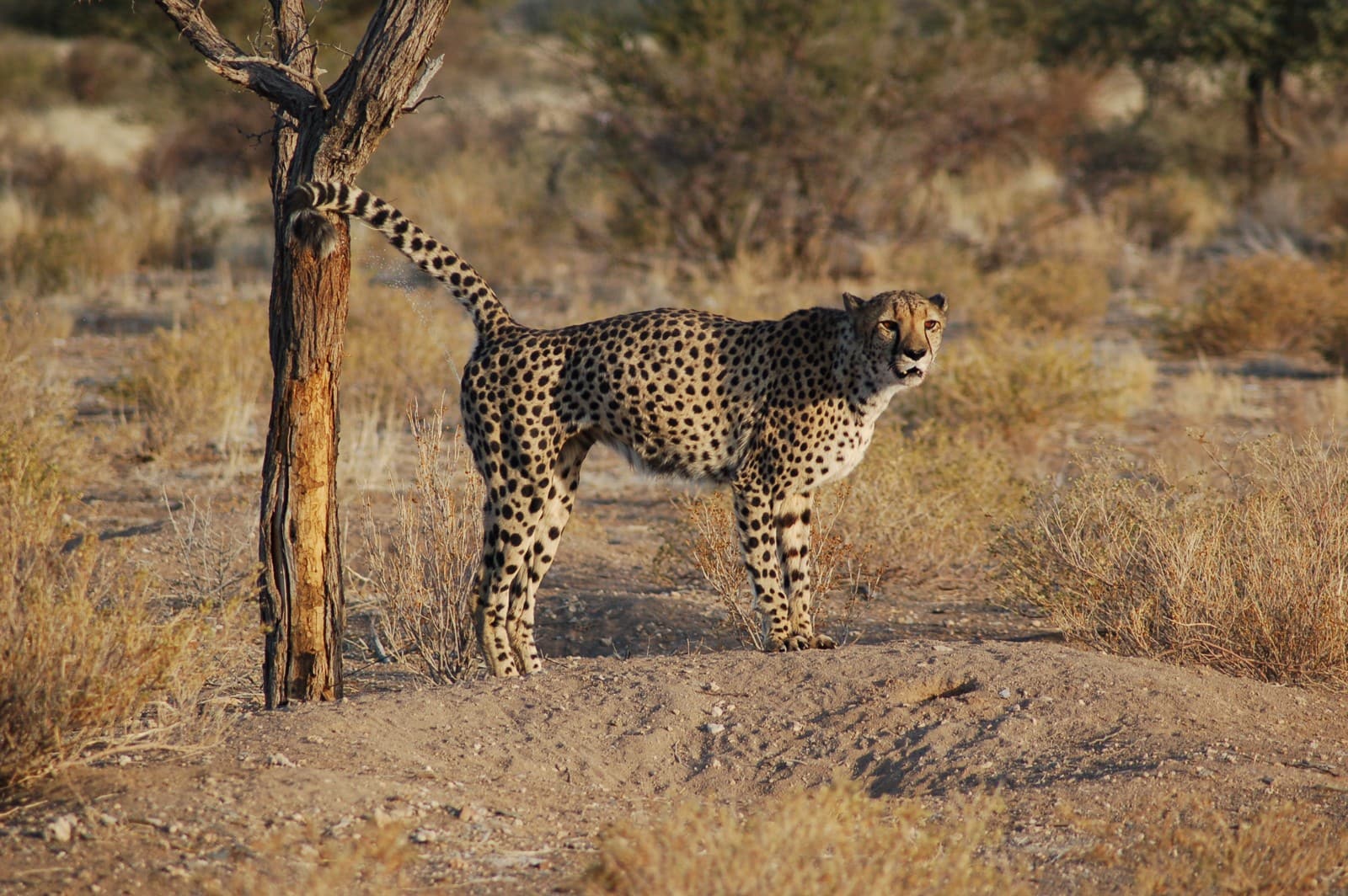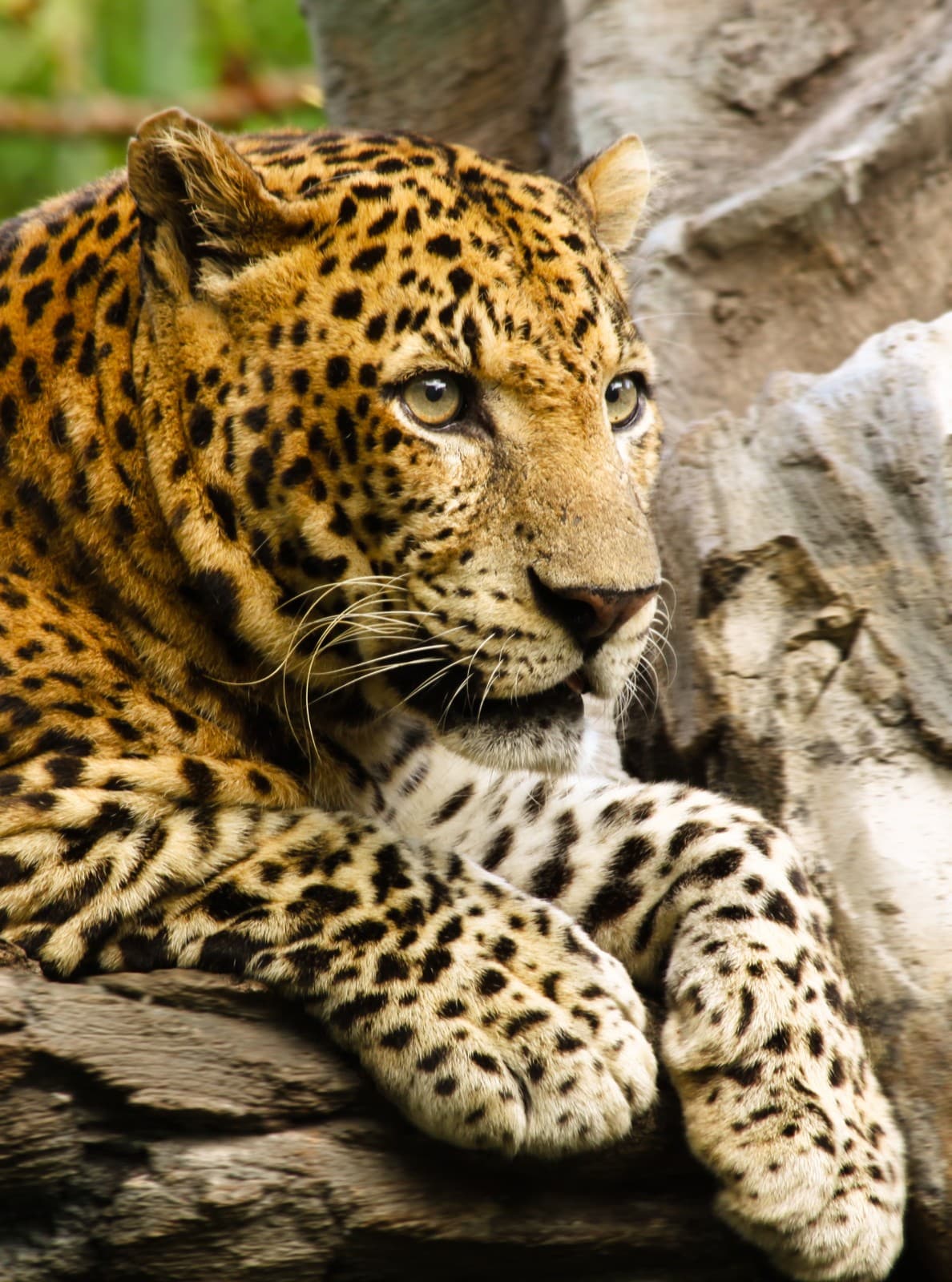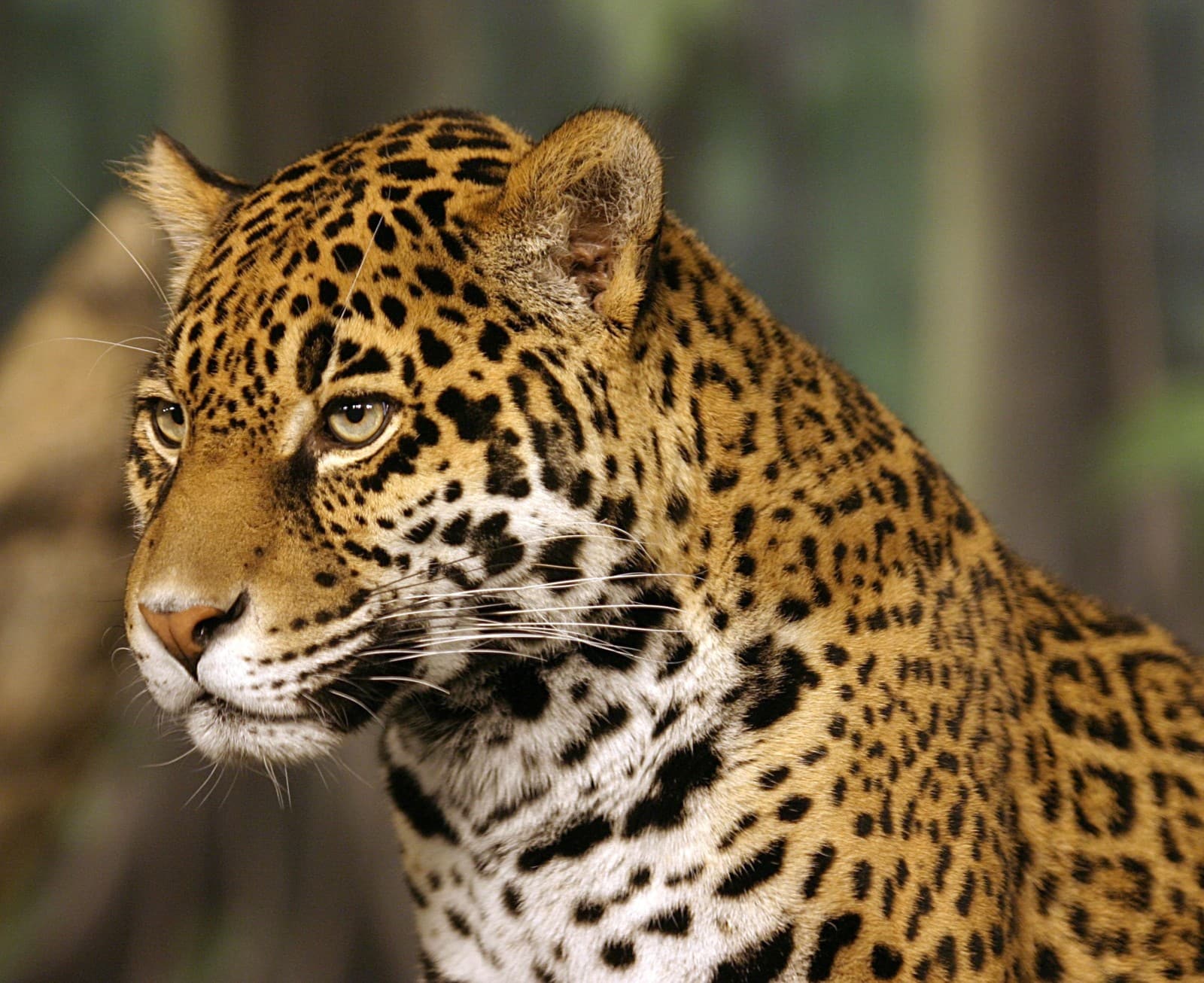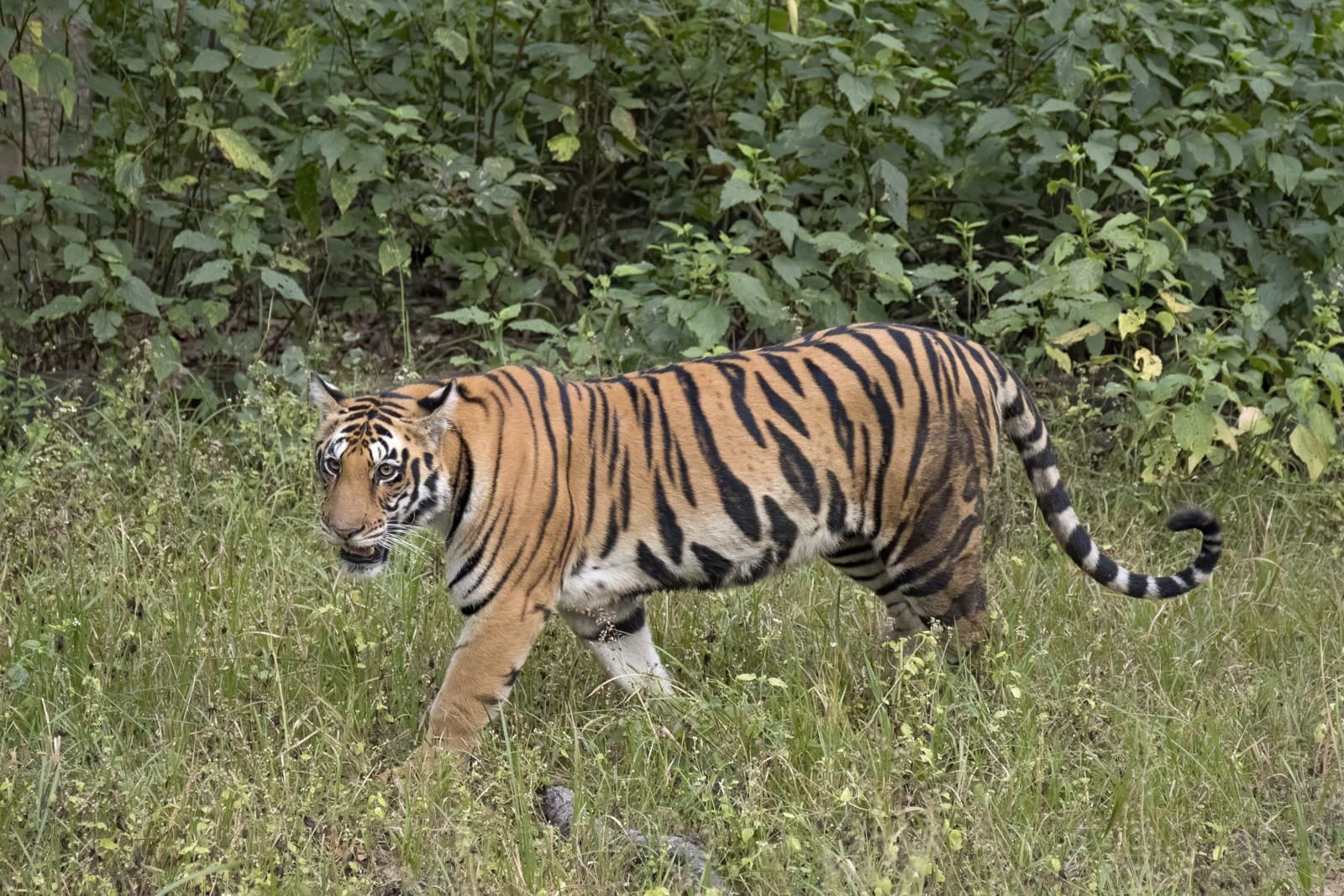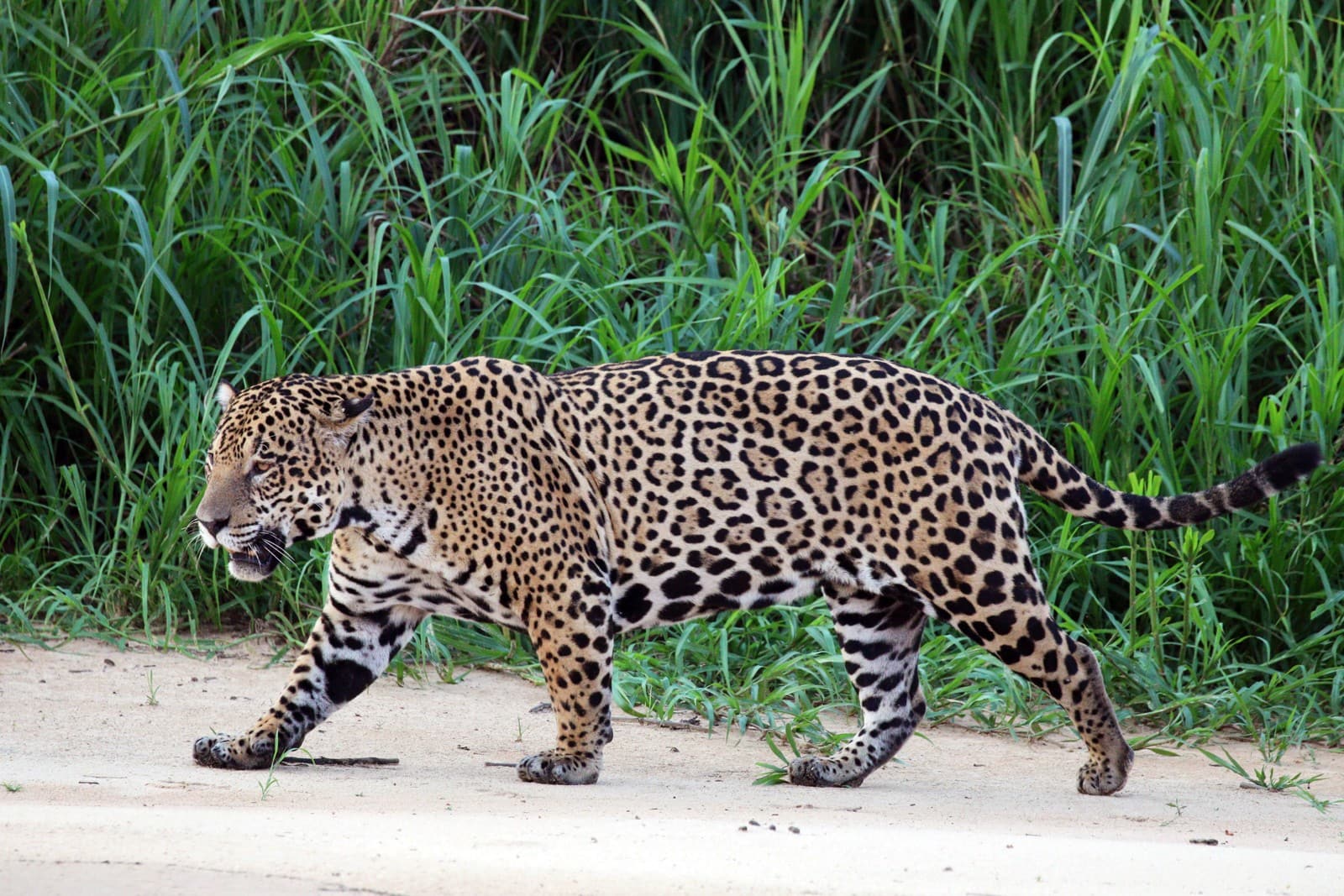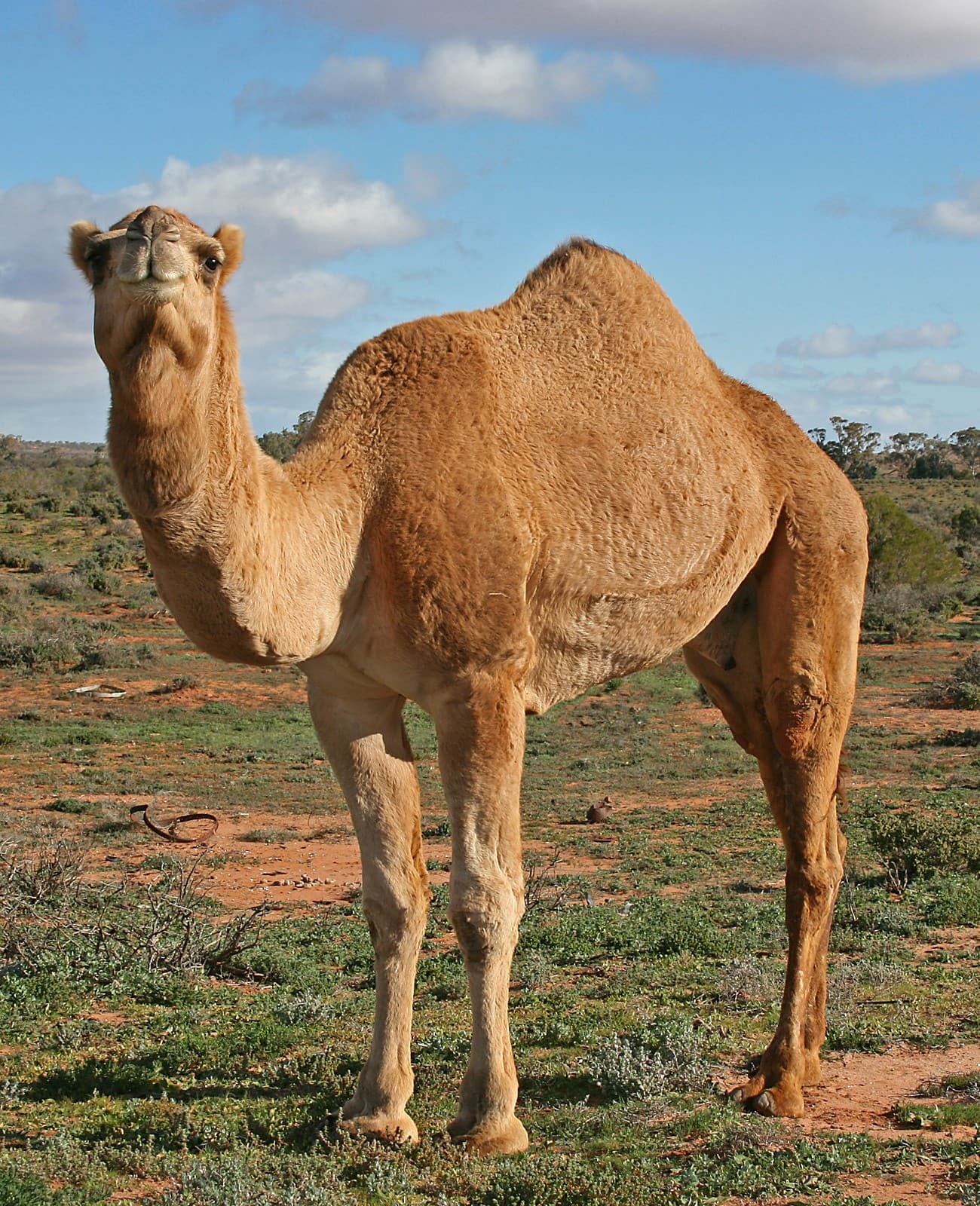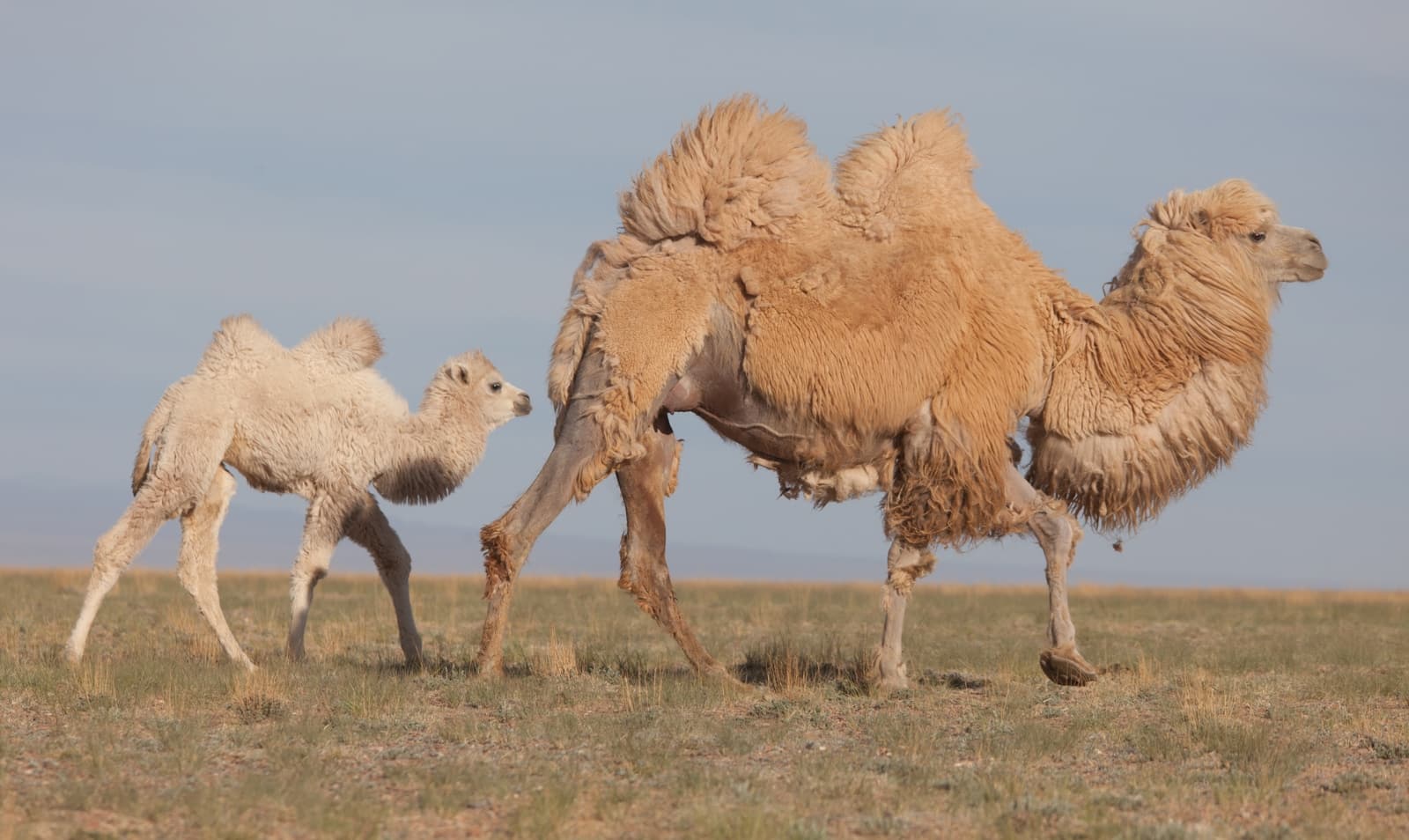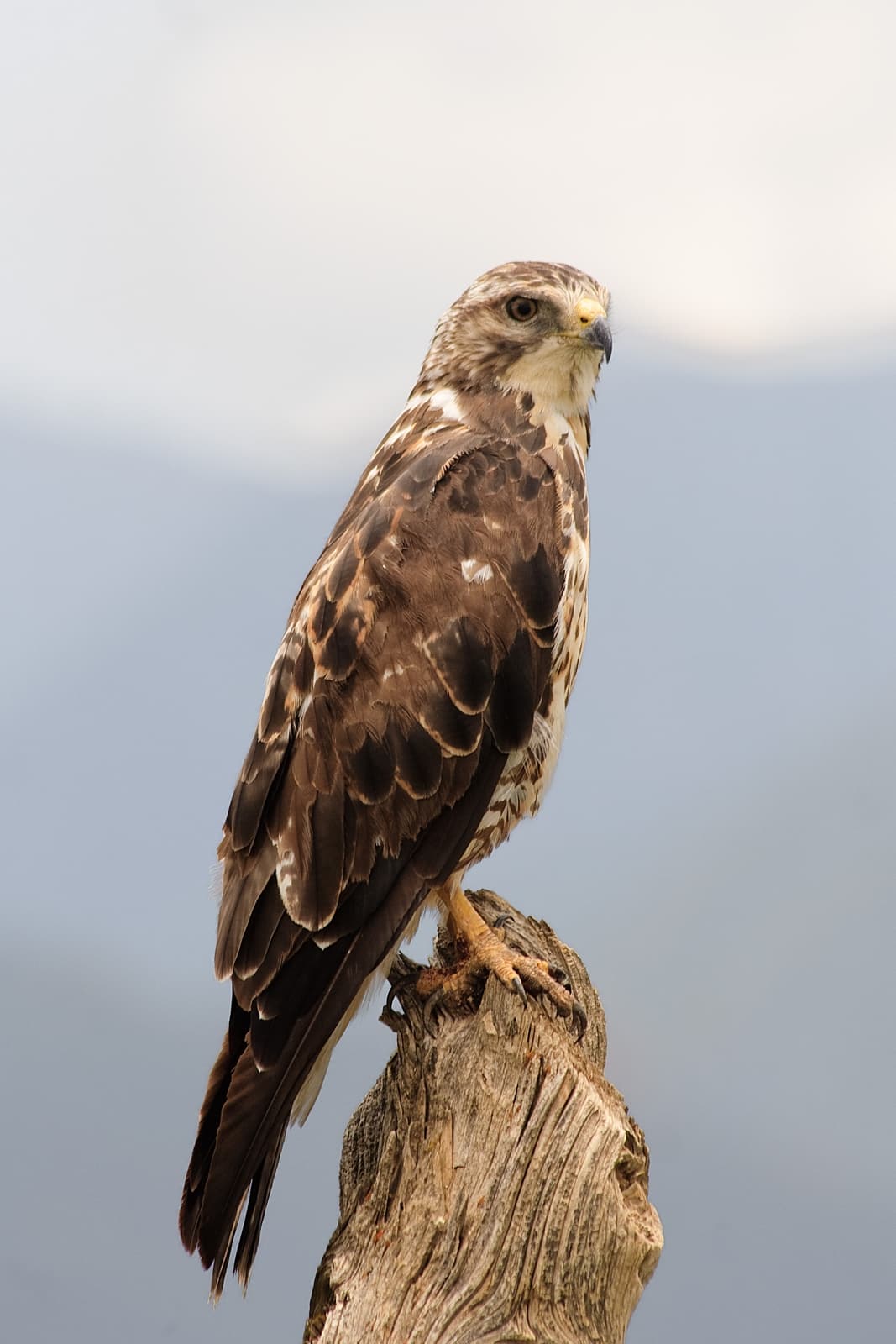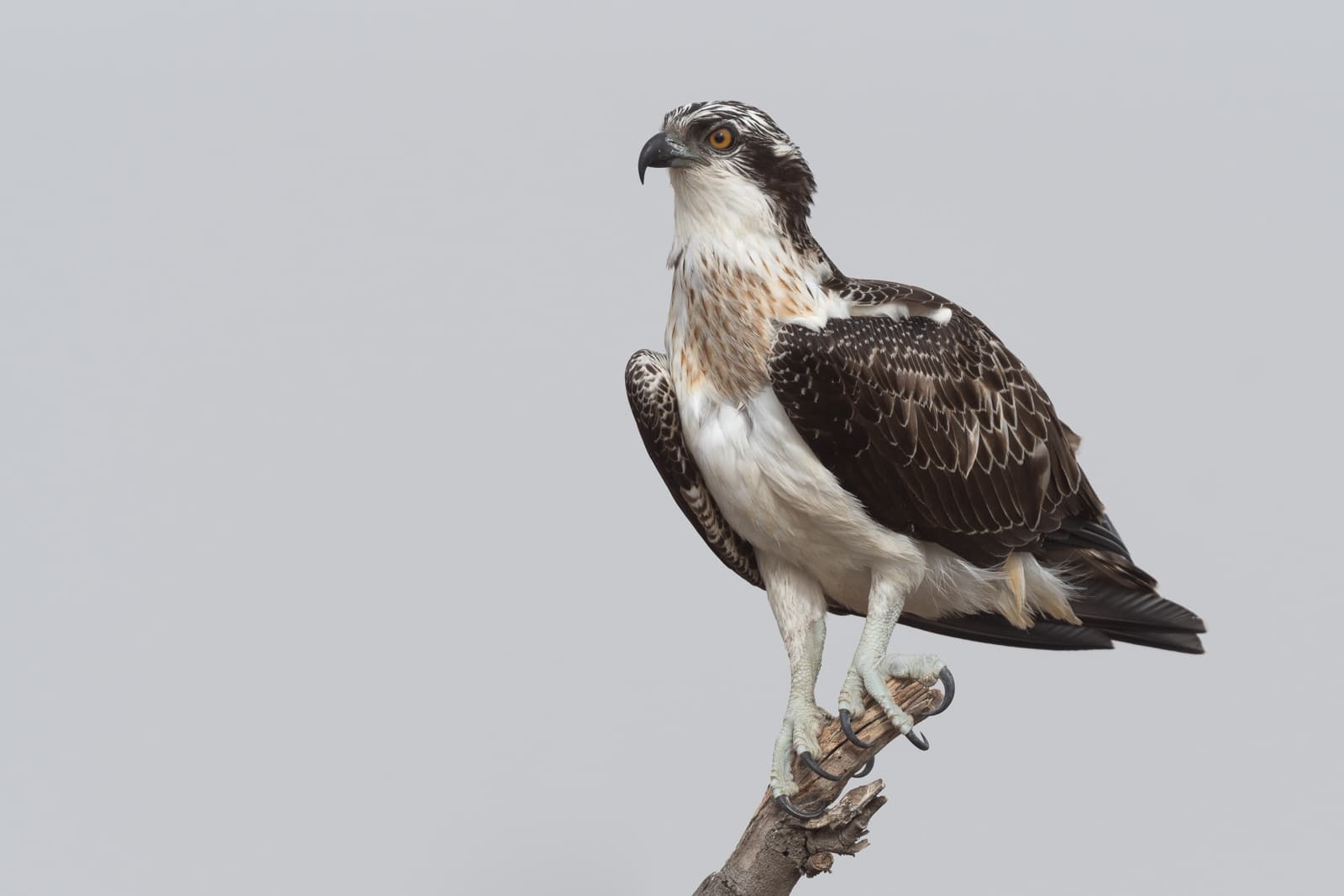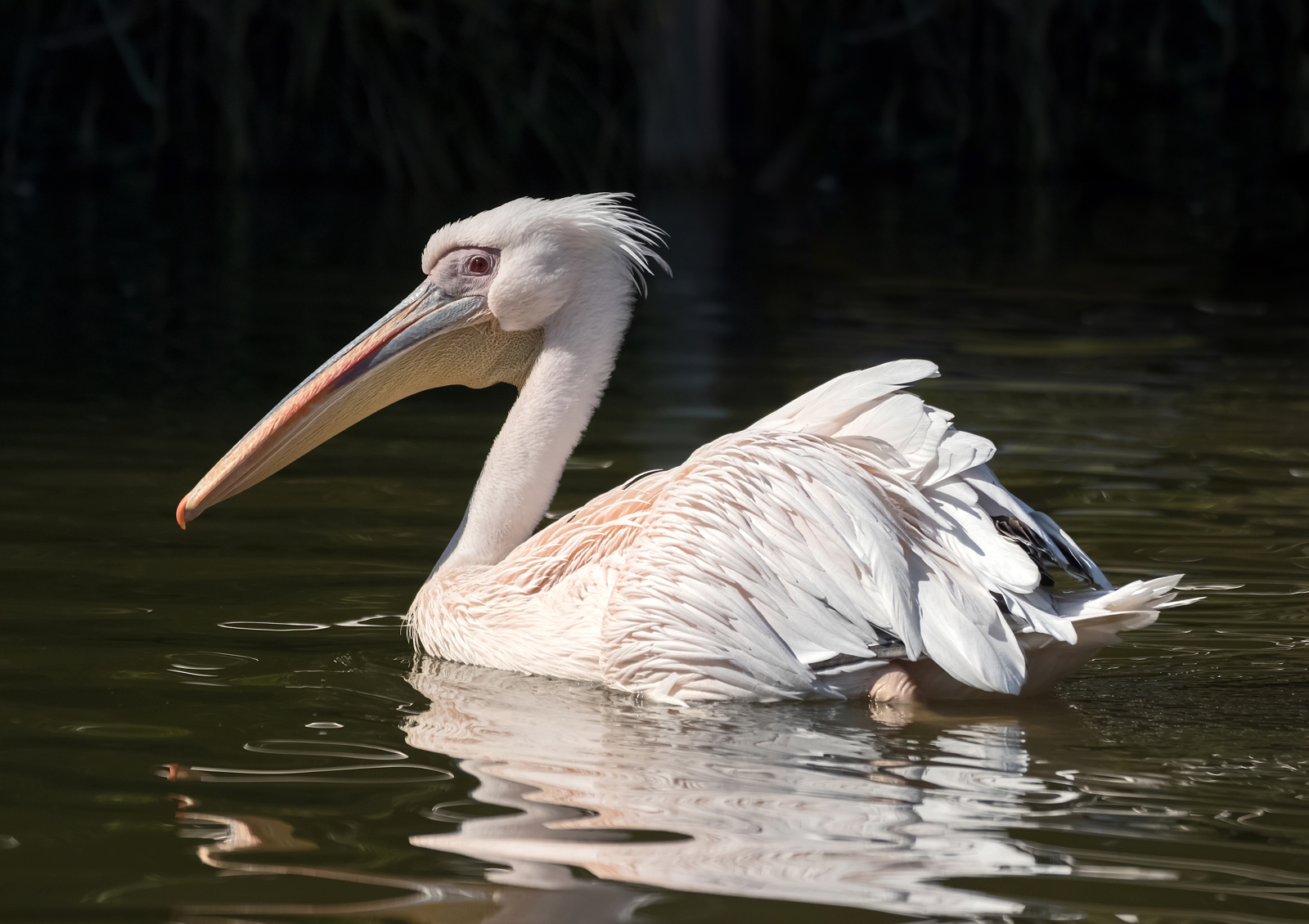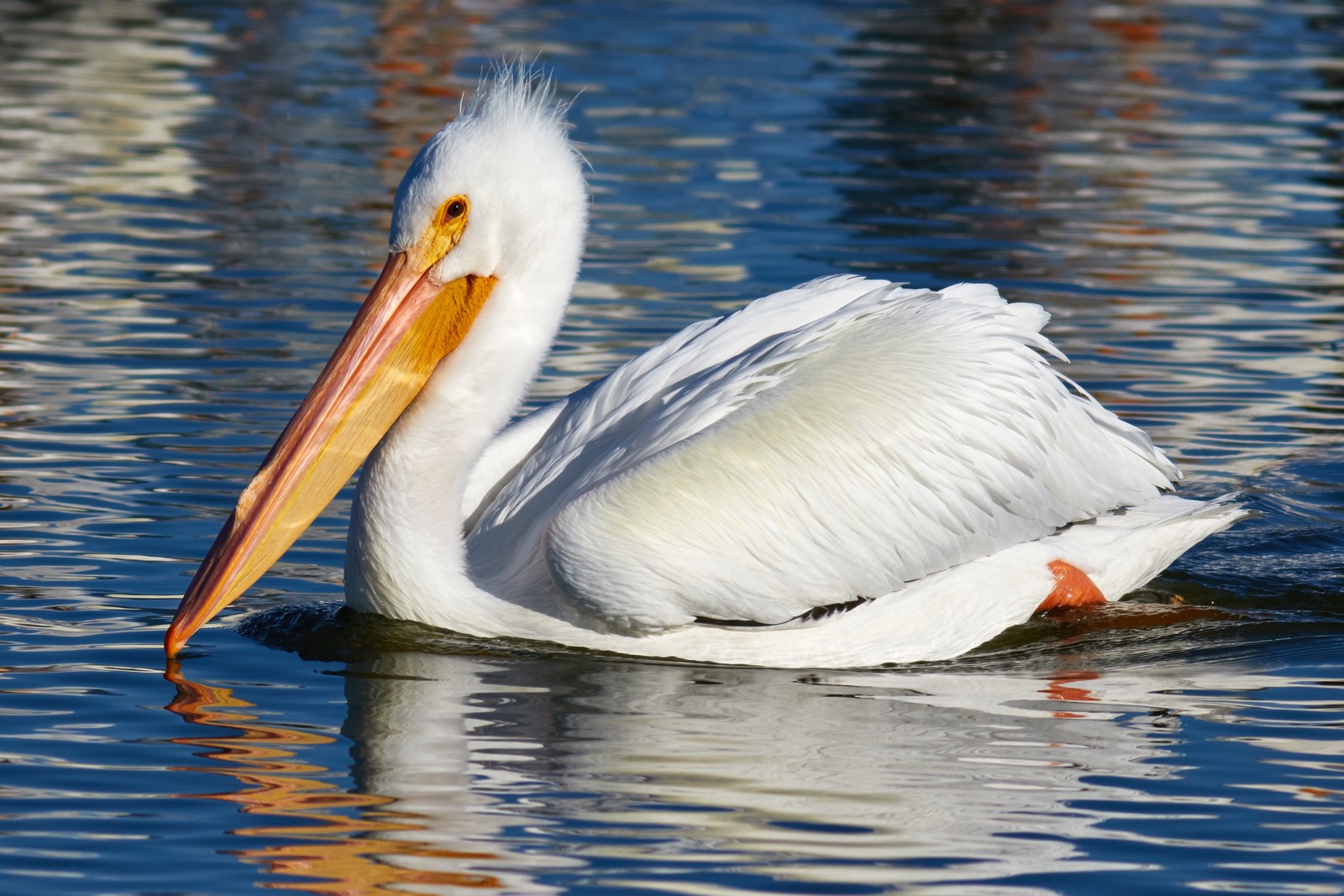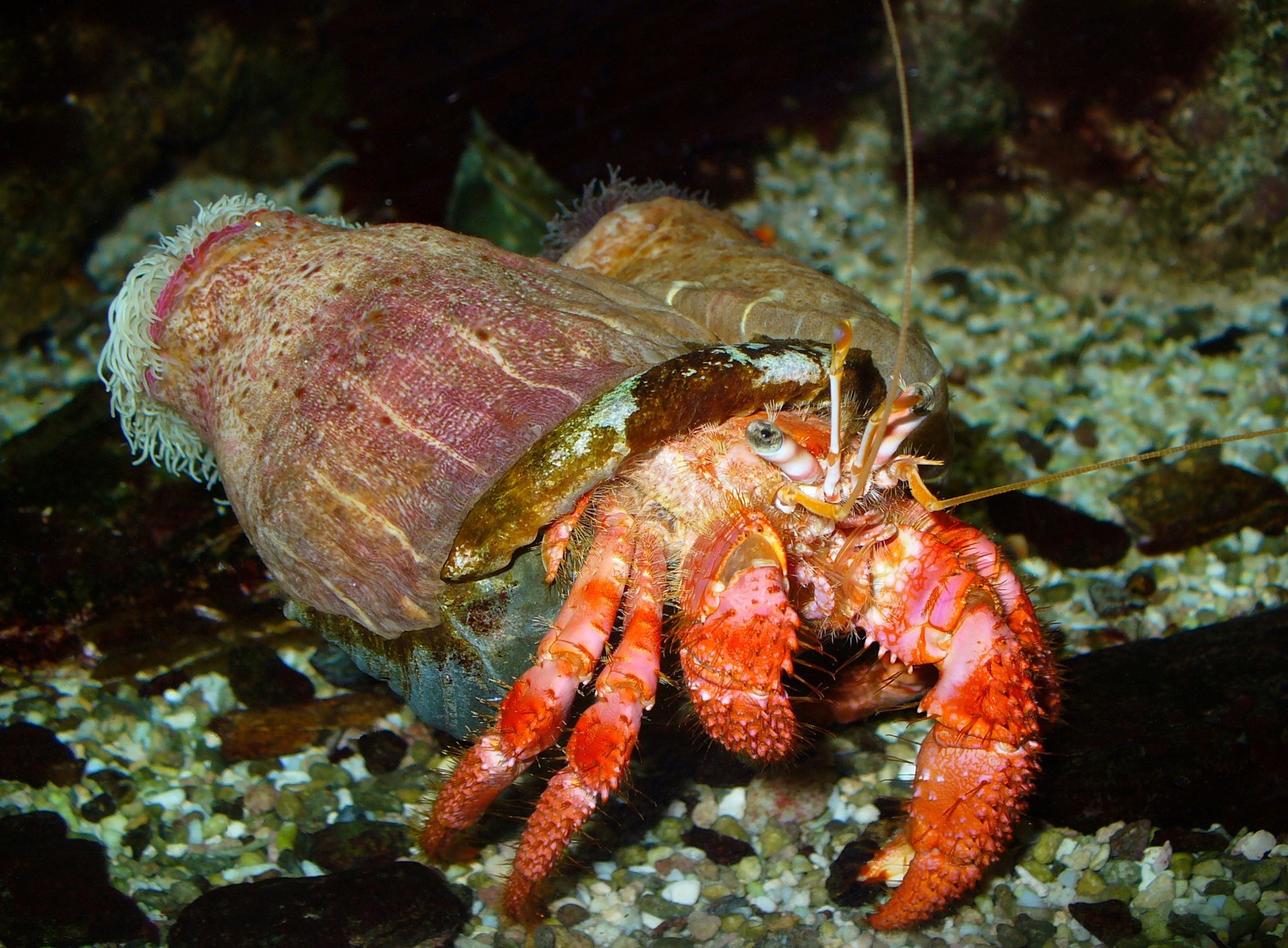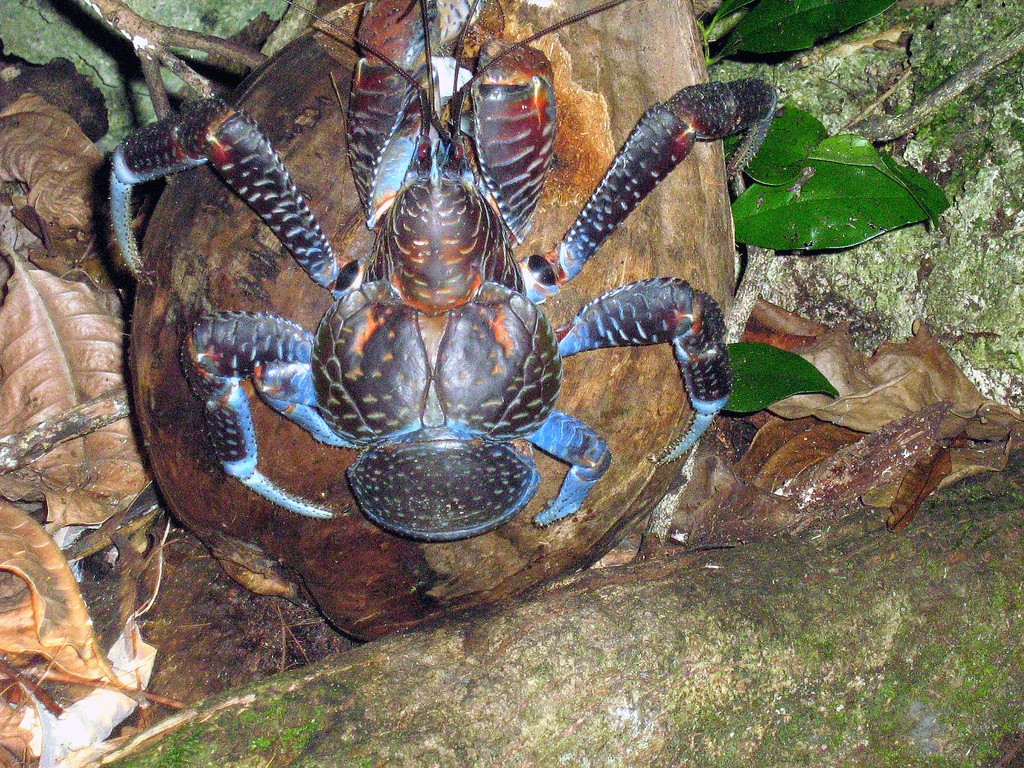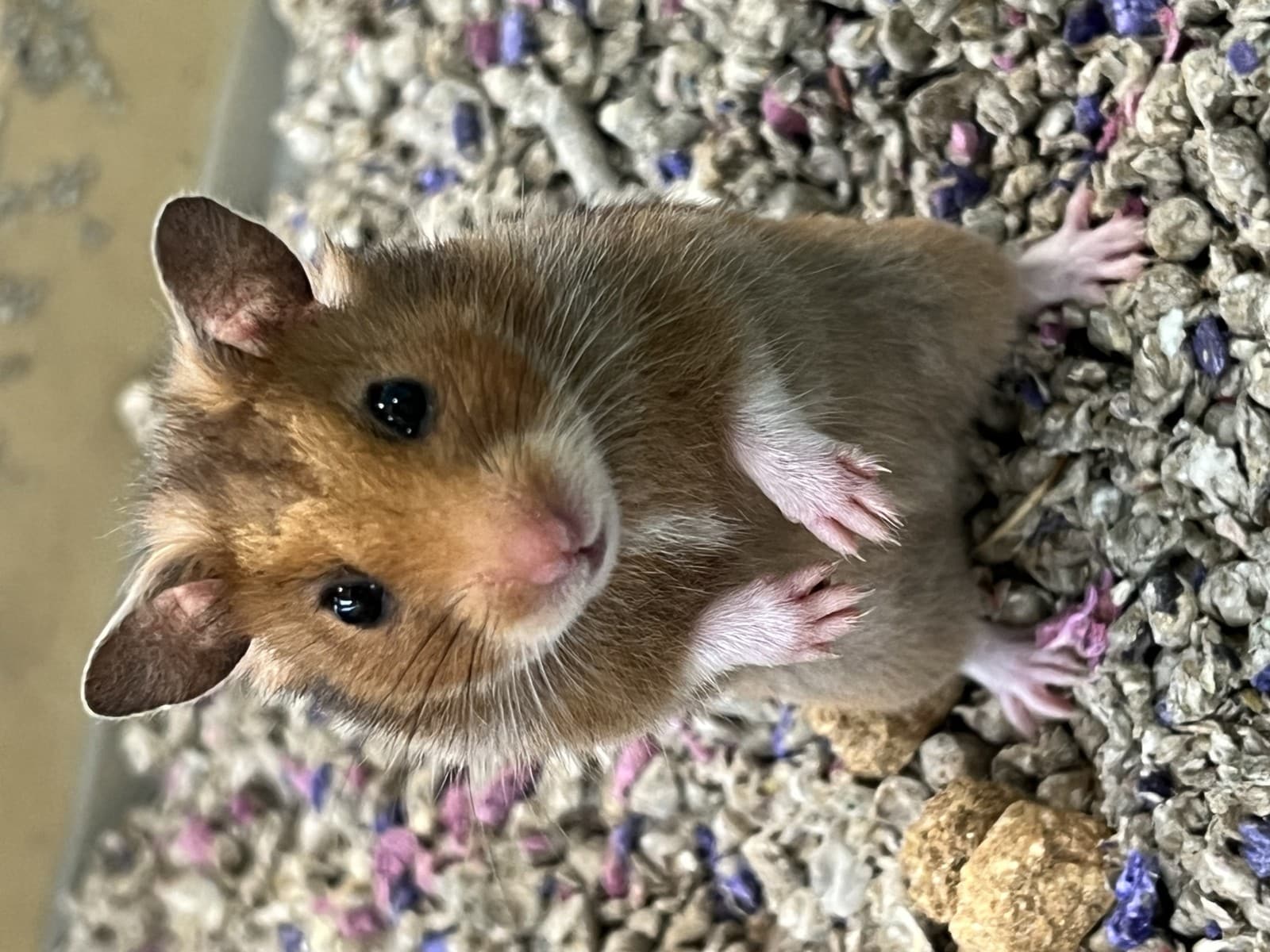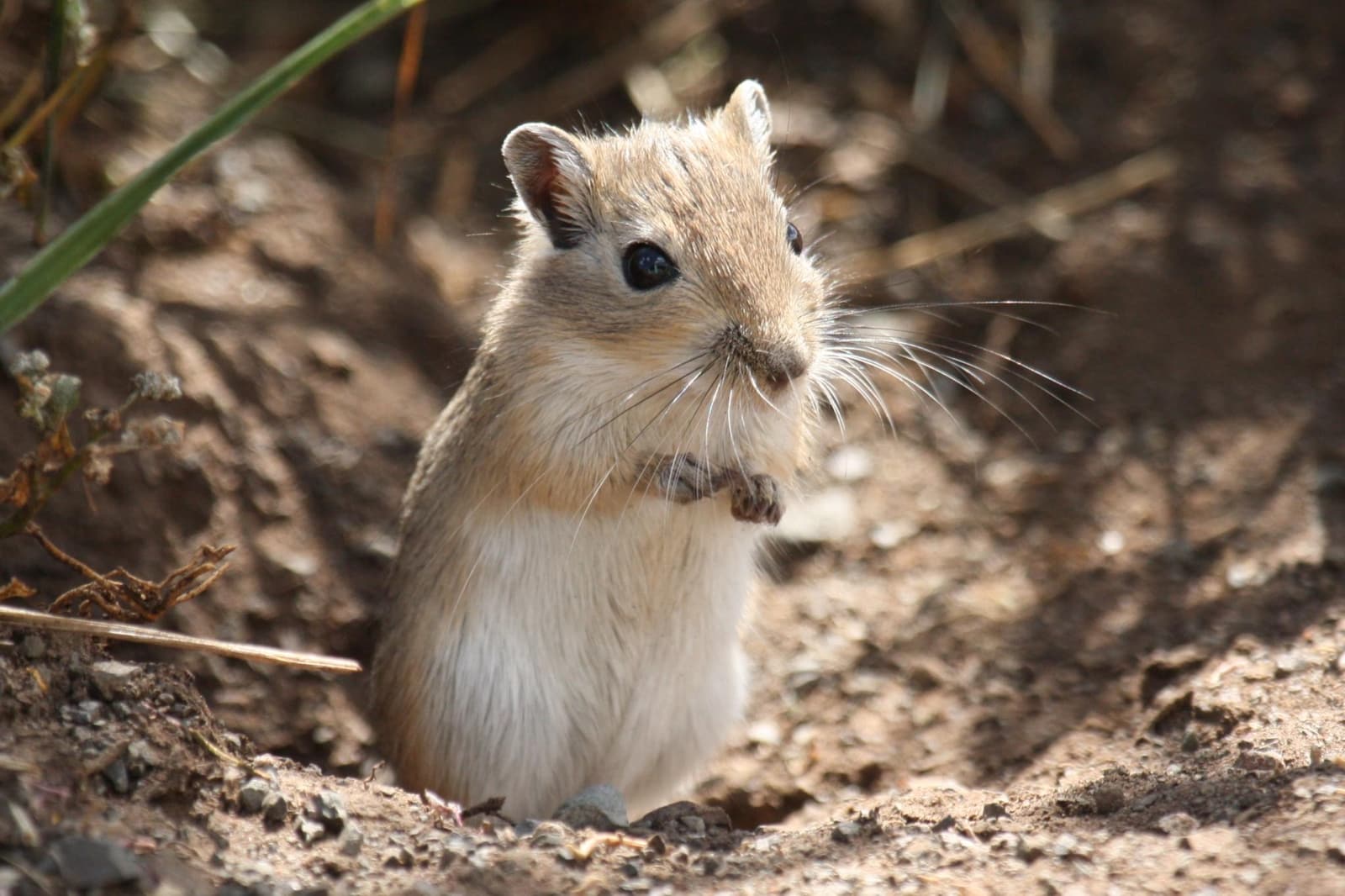Panther vs Jaguar: A Complete Comparison
When comparing a Panther vs Jaguar, it’s crucial to first understand that “panther” isn’t a distinct species but rather a term describing several big cats, most commonly black leopards and black jaguars exhibiting melanism. Jaguars, meanwhile, are a specific species (Panthera onca) recognized as the largest big cat in the Americas, capable of reaching weights up to 300 pounds (136 kg).
The primary distinction lies in their genetic makeup and appearance. While a black panther is a melanistic variant of either a leopard or jaguar, standard jaguars showcase distinctive rosette patterns with small dots or markings inside each spot cluster – a feature unique among big cats.
Visual Comparison
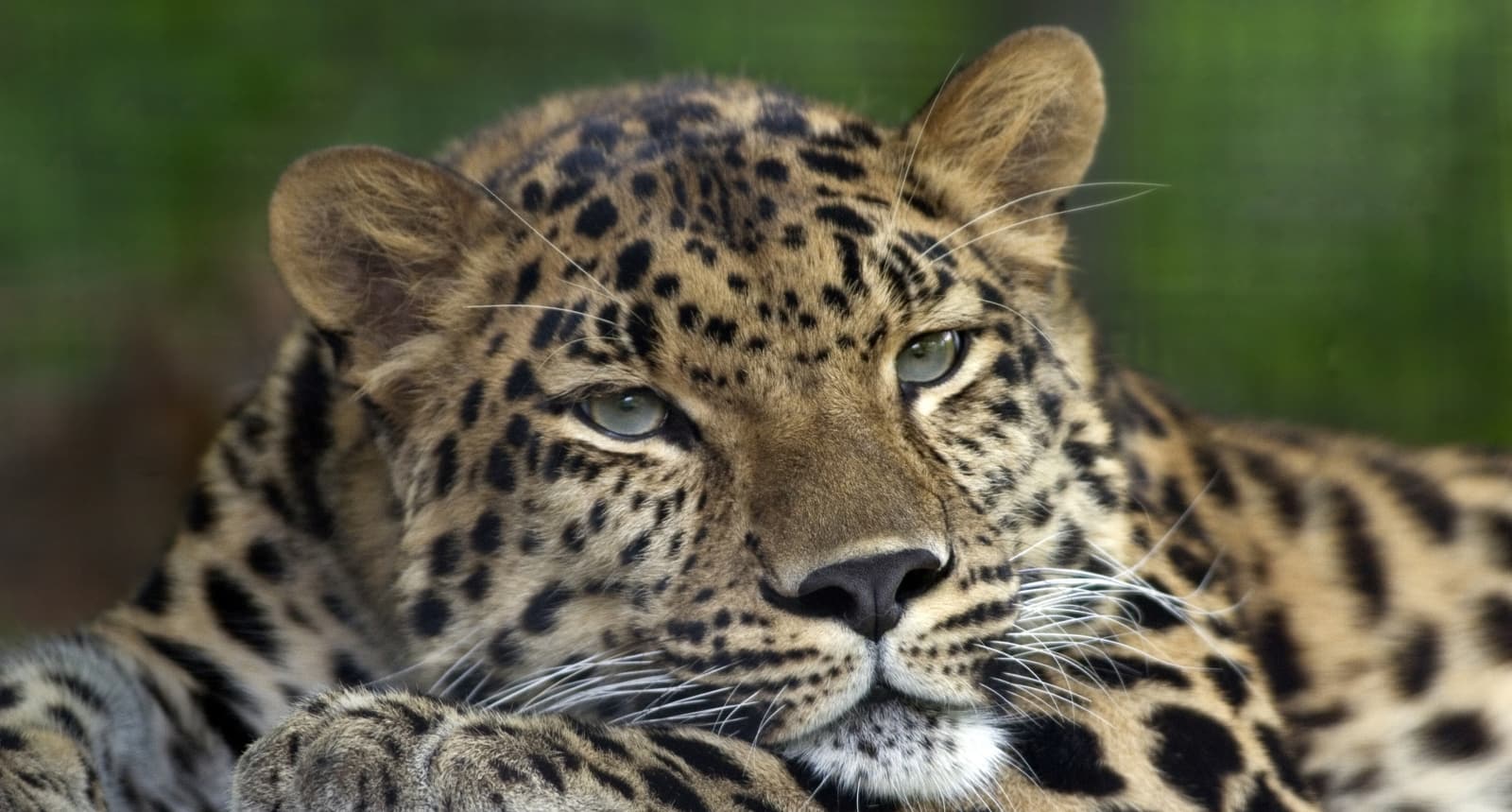
© Colin Hines www.ColinHinesPhotography.com / CC BY 2.5
A black panther’s melanistic coat appears uniformly dark, though their signature rosette patterns remain visible in certain lighting conditions. This adaptation provides excellent camouflage in dense, shadowy forests.
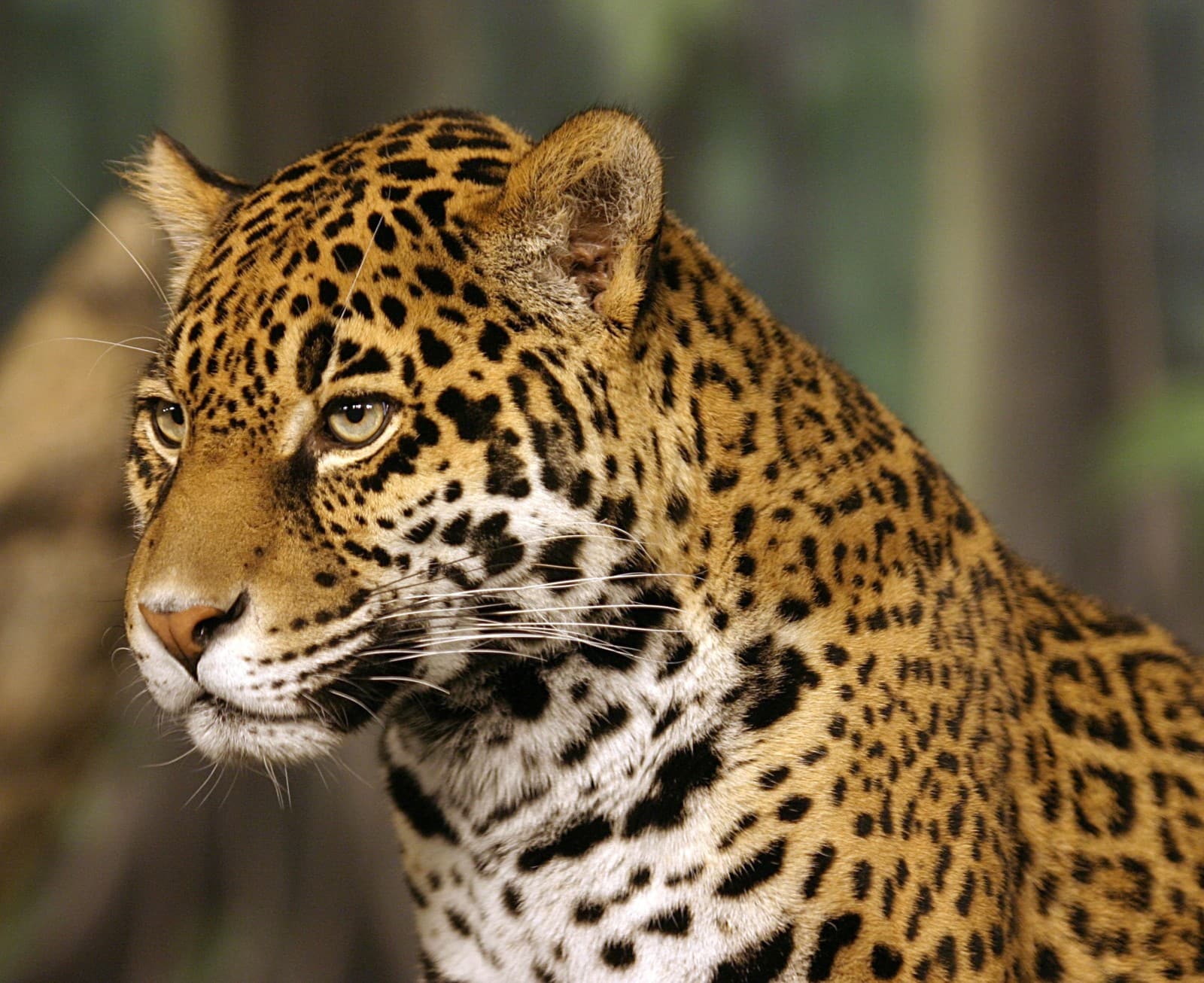
© Cburnett at English Wikipedia / CC BY-SA 3.0
Jaguars display their distinctive rosette patterns with central spots, setting them apart from other big cats. Their stockier build and more powerful jaw structure are clearly visible in their facial features.
Key Differences: Panther vs Jaguar
| Feature | Panther | Jaguar |
|---|---|---|
| Species Classification | Melanistic variant of leopards or jaguars | Distinct species (Panthera onca) |
| Size | 100-250 lbs (45-113 kg) | 120-300 lbs (54-136 kg) |
| Habitat | Varies by base species; found in Asia, Africa, Americas | Central and South America |
| Hunting Style | Stealth-based, often in trees | Ground-based ambush predator |
| Bite Force | 300-400 PSI | 1,500-2,000 PSI |
| Social Behavior | Typically solitary | Solitary, larger territorial ranges |
Habitat and Distribution
Black panthers are found across multiple continents, with melanistic leopards primarily inhabiting Southeast Asia’s dense forests and melanistic jaguars occurring rarely in South America’s rainforests. Jaguars maintain a more specific range, predominantly occupying territories from southern Arizona to northern Argentina, with their strongest populations in the Amazon Basin.
Hunting and Behavior
While both cats are apex predators, their hunting strategies differ significantly. Jaguars possess the strongest bite force of any big cat, using their powerful jaws to crush through turtle shells and caiman skulls. Black panthers, whether leopard or jaguar variants, rely more on stealth and agility, often utilizing trees for hunting and caching prey.
Who Would Win in a Confrontation?
In a theoretical encounter between a black panther and a standard jaguar, the outcome would largely depend on the panther’s base species. Jaguars typically have the advantage due to their:
- Superior bite force (2x stronger than other big cats)
- Larger average size and more robust build
- More powerful forearms and neck muscles
- Enhanced killing efficiency due to unique skull-piercing technique
However, it’s important to note that such confrontations don’t occur naturally, as these animals occupy different geographical ranges or are the same species in the case of melanistic jaguars.
Conservation Status
Both animals face significant conservation challenges. Habitat loss and fragmentation represent the primary threats, with jaguars now occupying only 50% of their historical range. Black panthers, particularly melanistic leopards, face additional pressure due to their rarity and the illegal wildlife trade targeting their unique appearance.
Frequently Asked Questions
Are black panthers and jaguars the same animal?
No, black panthers are not a distinct species but rather any big cat (usually leopards or jaguars) exhibiting melanism, while jaguars are a specific species with their standard spotted coat pattern.
Which is bigger: a panther or a jaguar?
Jaguars are typically larger, weighing up to 300 pounds (136 kg), while black panthers’ size varies depending on their base species, with most ranging from 100-250 pounds (45-113 kg).
Can you find both panthers and jaguars in the wild?
While jaguars are found exclusively in the Americas, black panthers can be found in various locations depending on their base species – melanistic leopards in Asia and Africa, and melanistic jaguars in South America.
Which is more dangerous to humans?
Both animals generally avoid human contact. However, jaguars possess greater physical strength and the most powerful bite force of any big cat, making them potentially more dangerous in rare confrontational situations.
